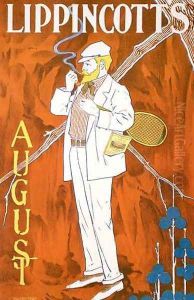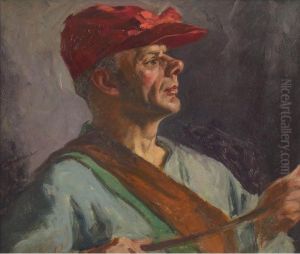Will Carqueville Paintings
Will Carqueville was an American artist and graphic designer, born in 1871, whose work gained prominence towards the end of the 19th century and continued to be influential in the early decades of the 20th century. He is particularly noted for his contributions to the field of poster art, where his distinctive style and innovative techniques set him apart from his contemporaries. Carqueville's artistic journey began in his native country, the United States, where he developed a keen interest in the arts at a young age.
Carqueville's work is characterized by its bold use of color, innovative typography, and a clear influence from the Art Nouveau movement, which was at its peak during his early career. Unlike many of his peers who traveled to Europe to immerse themselves in the Art Nouveau scene, Carqueville largely developed his unique style within the American context, blending European influences with a distinctly American sensibility. This approach allowed him to stand out in the burgeoning field of advertising and poster design, making significant contributions to the visual culture of the time.
In addition to his poster work, Carqueville was involved in various aspects of graphic design, including magazine cover design. He was particularly associated with 'Lippincott’s Monthly Magazine', for which he designed numerous covers that are celebrated for their elegance and creativity. His ability to capture the essence of a subject in a simple yet compelling manner won him acclaim and a lasting legacy in the world of graphic design.
Despite his success, Will Carqueville remained a relatively private figure, and much of his life outside of his professional work is not widely documented. After his death in 1946, his contributions to art and design continued to be celebrated, and his work is often studied by students and enthusiasts of graphic design and poster art for its originality and impact on the development of advertising and visual communication in the early 20th century.


